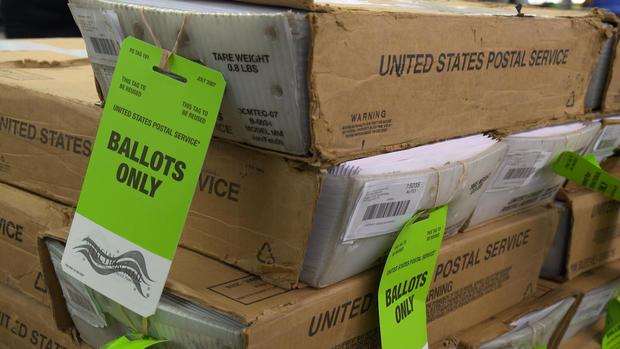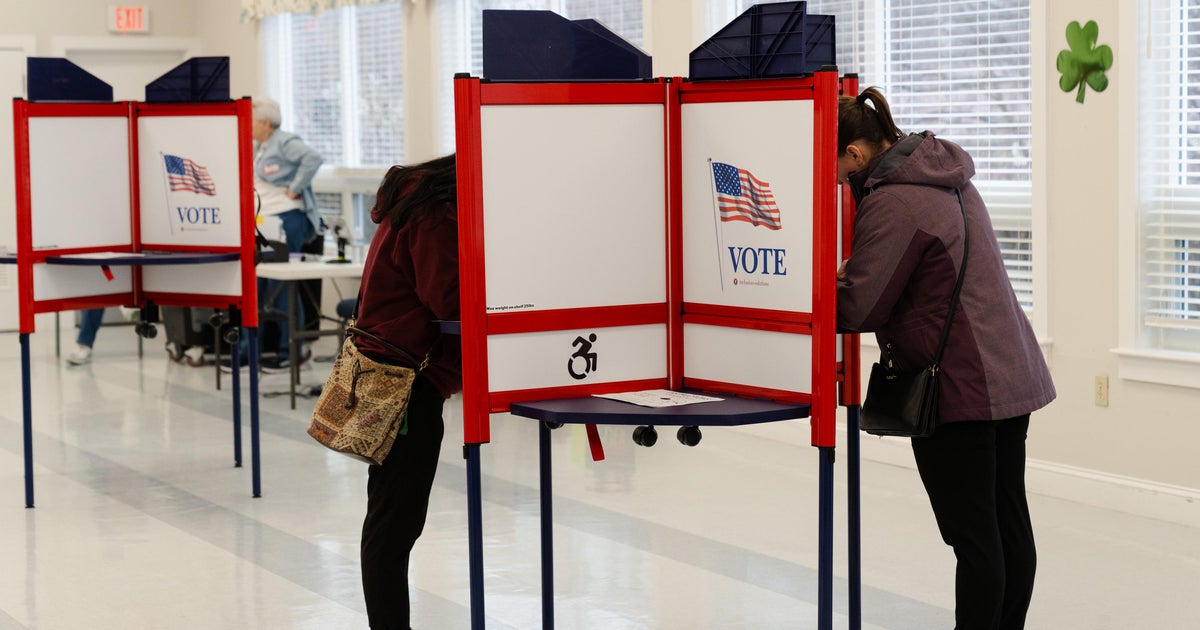What you need to know about voting by mail
One of the most debated topics in this year's presidential election doesn't have to do with the names on the ballot. It's about how Americans will cast their votes.
With the coronavirus continuing to spread across the country, voters and poll workers alike have expressed apprehension about the potential health risks of in-person voting. A recent Pew Research survey found 70 percent of Americans want to mail in their ballots for the November general election—and many states are making it easier for them to do just that.
For some states, the rush to expand absentee balloting during the primary season presented some challenges.
When Wisconsin held its primary on April 7, the state was under a stay-at-home order. In Milwaukee, half of the poll workers were over the age of 60, and many were afraid of contracting the coronavirus. Of the 180 polling places the city usually opens, there were only enough poll workers to man five. As voters flocked to available polling places, many stood in line for hours waiting to cast their ballots.
"We need lawmakers to develop laws that accommodate and that are designed around a pandemic during a presidential election," said Neil Albrecht, the director of Milwaukee's election commission. "And we need them to develop systems that recognize the challenges that this will present to voters across the country."
Universal vote-by-mail vs. absentee balloting
Each state has its own laws governing how and where voters can cast ballots, and all have some form of mail-in voting. The process is different in each state:
Vote by mail: All registered voters in the jurisdiction are mailed a ballot.
Permanent absentee voting: Once a voter signs up to receive an absentee ballot, they will receive absentee ballots in all future elections.
Excuse required absentee voting: A voter must provide a reason why they want to cast an absentee ballot.
No-excuse required absentee voting: A voter does not need to provide a reason why they want to cast an absentee ballot.
Five states currently have a system known as universal vote-by-mail, which means they conduct all of their elections almost entirely by mail: Washington, Oregon, Utah, Colorado, and Hawaii. In this system, the state's election commission sends a ballot to all registered voters well ahead of Election Day. Voters mark the ballot, put it in a secrecy sleeve, then put the whole thing into a mailing envelope. They sign an affidavit on the exterior envelope and either put the sealed package in the mail or drop it off at a collection location.
Every other state takes part in absentee balloting, which requires registered voters to request an absentee ballot from their state or territory. A majority of these states do not require voters to provide a reason for why they want to vote absentee.
Other absentee ballot voting states require voters to provide an approved reason for why they cannot appear in person on Election Day. While some states have added coronavirus precaution as an acceptable excuse, others have specified that the fear of catching the virus at a polling place does not qualify for mail-in ballots.
Prevent your ballot from being rejected
A recent Stanford University study found that voting by mail has no impact on partisan turnout, meaning the practice itself is unlikely to advantage one party over the other.
However, voting by mail does increase the number of ballots that are ultimately rejected. Some voters may lack information on how to correctly fill out or return their ballots, giving local election officials discretion on which ballots to validate. One recent study found that ballots from younger, minority and first-time voters were more likely to be rejected.
Under Wisconsin law, voters do not need a reason for voting absentee, so more voters than usual chose this option for the state's April primary. In Milwaukee, the executive director of the city's election commission found the sudden switch to mail-in ballots was confusing for many voters.
"It was an overwhelming surge," Albrecht said. "But it was definitely challenging to voters in the city of Milwaukee—voters who, I have to say, for their lifetimes had voted in-person and really had no idea how to navigate the absentee voting process."
According to the U.S. Election Assistance Commission, 99 percent of submitted absentee ballots were counted in the 2016 general election. The most common reasons states rejected absentee ballots in 2016 included missing the deadline, the ballot not having a signature, and the signature on the ballot not matching the signature on the state's records.
To learn whether you are eligible to vote by mail, and to review your state's rules for submitting absentee ballots, visit your state's election office website.
To watch Bill Whitaker's 60 Minutes report on voting during the pandemic, click here.
The video above was produced by Will Croxton and Brit McCandless Farmer. It was edited by Will Croxton.





